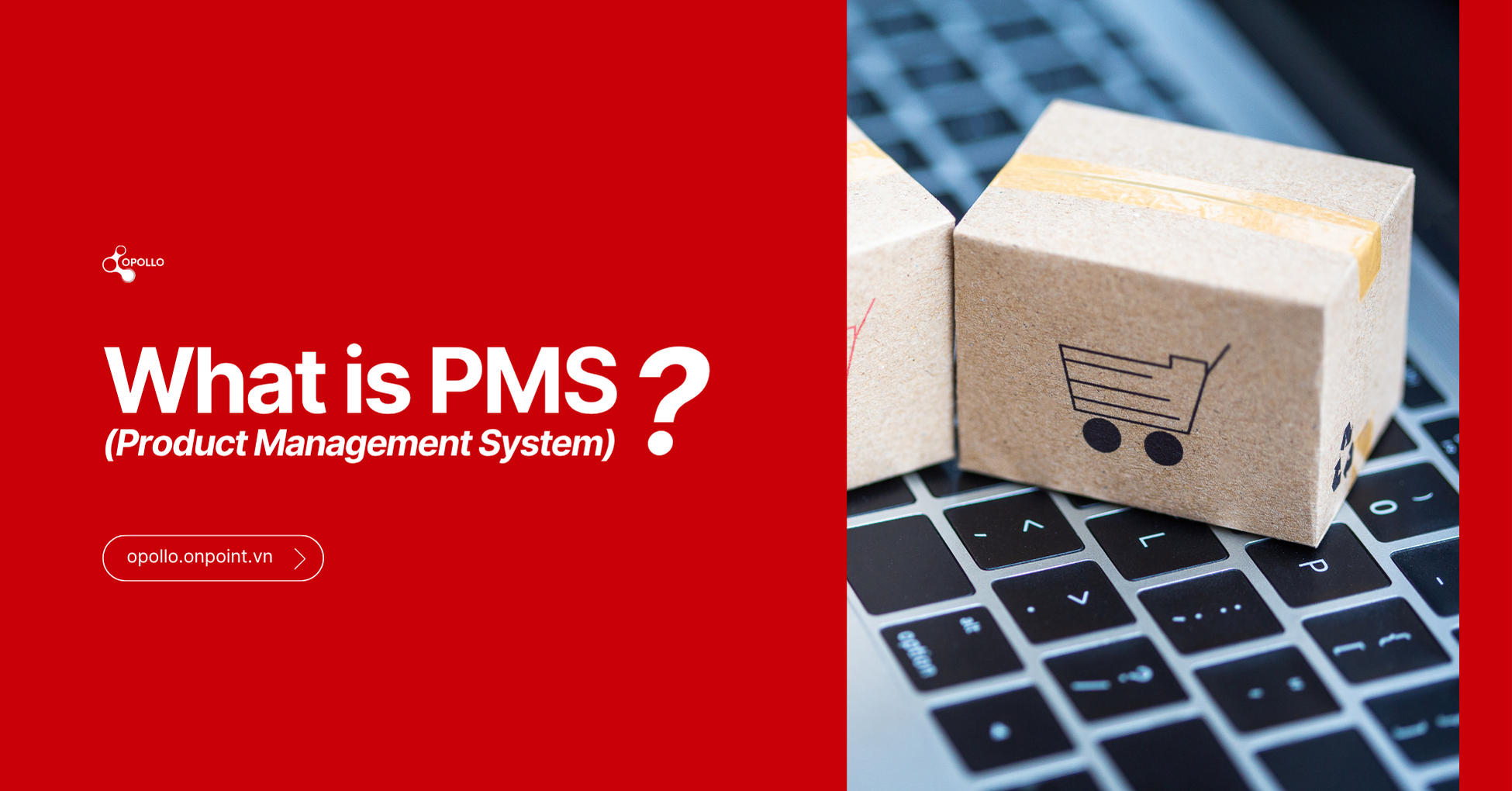Introduction
Managing hundreds or even thousands of SKUs across multiple channels is one of the toughest challenges in modern e-commerce. When product data, pricing, and descriptions live in separate files or systems, errors are inevitable — leading to mismatched listings, wrong prices, or delayed launches.
That’s where a Product Management System (PMS) comes in. In this article, we’ll explain what PMS means in business, how it works, and why every growing brand needs one to operate efficiently and scale confidently.
Table of Contents
- What is a PMS (Product Management System)?
- How a PMS Works
- Core Features of a Product Management System
- Key Benefits for E-Commerce Businesses
- PMS vs OMS vs ERP
- When Should a Business Adopt PMS?
- Conclusion
1. What is a PMS (Product Management System)?
A Product Management System (PMS) is software that serves as a single source of truth for all product-related data within a company. It consolidates information like product names, SKUs, pricing, stock levels, and bundle configurations into one centralized dashboard.
For businesses operating across multiple sales channels — such as Shopee, Lazada, TikTok Shop, and physical retail — PMS ensures that all product data stays consistent, synchronized, and up to date everywhere it appears.
2. How a PMS Works
PMS acts as the bridge between your internal systems (ERP, OMS, WMS) and external sales channels.
Whenever you make a change — for example, updating a product name, adjusting a price, or creating a bundle — PMS automatically pushes the update across all connected platforms.
This process eliminates the need for manual editing and reduces the risk of human error, ensuring your customers always see the correct product details online.
3. Core Features of a Product Management System
1. Centralized Product Repository
Store every SKU’s information — from specifications to pricing — in one place for easy access and editing.
2. Real-Time Product Synchronization
Automatically sync updates across marketplaces, online stores, and backend systems.
3. Bundle & Kit Management
Manage both virtual bundles (marketing combinations) and physical bundles (pre-packed sets) to streamline promotions and stock handling.
4. Mass Handling Tools
Use bulk editing, import/export options, and automation rules to manage thousands of products efficiently.
5. Integration Readiness
Modern PMS platforms connect easily with OMS, IMS, ERP, and warehouse systems to maintain operational accuracy.
4. Key Benefits for E-Commerce Businesses
- Consistency: Maintain accurate product data across every sales channel.
- Efficiency: Cut time spent on manual updates and reduce errors.
- Speed: Launch new products and bundles faster.
- Scalability: Handle larger catalogs without extra manpower.
- Visibility: Gain full oversight of inventory and product status in one dashboard.
For fast-growing e-commerce brands, PMS ensures that backend operations keep pace with front-end demand.
5. PMS vs OMS vs ERP
| System | Main Function | Example Use Case |
|---|---|---|
| PMS (Product Management System) | Manages product data, pricing, bundles, and synchronization | Update product details across marketplaces |
| OMS (Order Management System) | Manages the order lifecycle from purchase to fulfillment | Process and track orders across channels |
| ERP (Enterprise Resource Planning) | Manages core business operations like finance, HR, and procurement | Control overall business resources |
PMS complements OMS and ERP, working as the operational hub that keeps product data accurate for all connected systems.
6. When Should a Business Adopt PMS?
You need a PMS if your team:
- Manages products across multiple channels or countries
- Regularly faces inconsistent listings or pricing errors
- Handles frequent promotions, bundles, or new launches
- Uses spreadsheets or manual methods to update catalogs
For small and medium businesses, systems like Opollo PMS provide an easy entry point — intuitive, cloud-based, and built to scale.
Conclusion
A Product Management System (PMS) is the backbone of modern e-commerce operations. It keeps product data unified, prevents costly mistakes, and enables fast growth across marketplaces.
With centralized control, automated synchronization, and scalability, PMS helps your brand move faster, operate cleaner, and stay competitive.
Discover how Opollo PMS helps businesses in Southeast Asia centralize product data, manage bundles, and sync updates in real time. Visit opollo.onpoint.vn.

